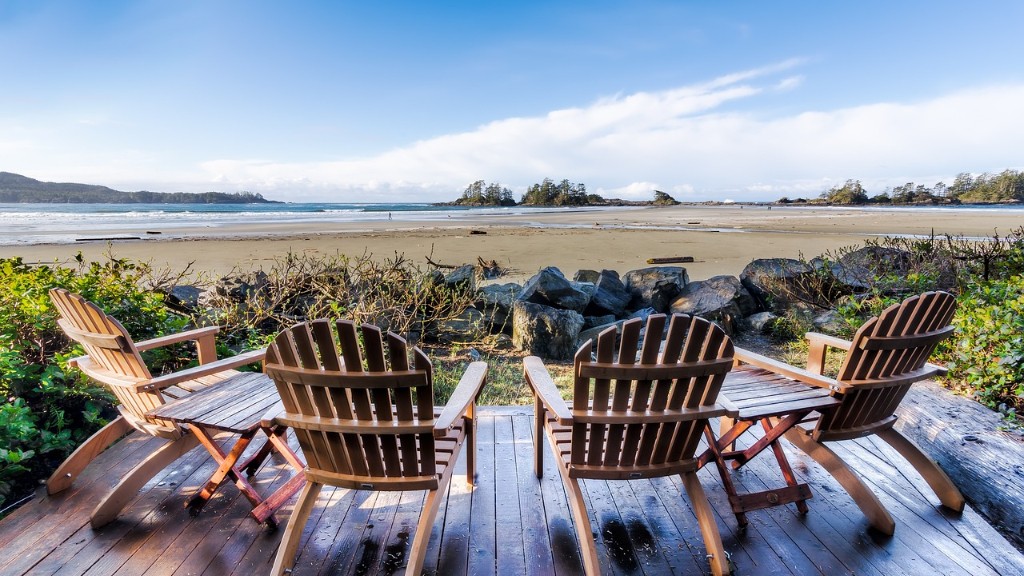Can I Sleep in Toronto Airport?
Have you ever found yourself with a long layover or a delayed flight, desperately in need of some rest? The question often arises: can I sleep in the airport? Specifically, can you find solace in Toronto Pearson International Airport? Let’s dive into this topic and explore the options and considerations involved.
Background Information
Toronto Pearson International Airport, located in Mississauga, Ontario, is the largest and busiest airport in Canada. Handling millions of passengers each year, it serves as a connection hub for various airlines. Due to its bustling nature, the airport has recognized the need to cater to transit passengers who require temporary rest and sleep facilities.
In recent years, Toronto Pearson Airport has introduced designated sleep zones, providing travelers with comfortable seating or dedicated sleep pods. These areas are equipped with reclining chairs, armrest-free benches, and dimmed lighting to create a restful ambiance. However, it’s essential to note that these sleep zones are limited and may not accommodate all passengers during busy periods.
Relevant Data and Expert Perspectives
According to a survey by Sleepinginairports.net, an online resource for airport sleepers’ information, Toronto Pearson Airport was ranked as the second-best airport in North America for sleeping in 2020. This ranking is based on factors such as comfort, cleanliness, and overall sleepability for travelers.
Furthermore, sleep expert Dr. Rebecca Robillard suggests that while sleeping in airports may not provide the same quality of sleep as a bed, it can still be beneficial for weary travelers. She explains that napping or resting in an airport can help combat fatigue and make the remaining journey more bearable.
However, it is important to be aware that airport sleeping comes with its challenges. Noise from announcements, cleaning crews, and fellow passengers, as well as uncomfortable seating arrangements, can impede a good night’s sleep. These factors can lead to fragmented sleep or difficulty falling asleep.
Considerations and Personal Insights
Before deciding to sleep in Toronto Pearson Airport, it’s essential to consider several factors. Firstly, the duration of your layover or delay plays a significant role. If you have only a few hours before your next flight, finding a designated sleep zone might be beneficial. However, if your layover spans an entire night, seeking accommodation outside the airport might provide a more restful experience.
Secondly, individual preferences for noise tolerance and comfort levels must be taken into account. Some travelers have reported successful experiences sleeping in airports, while others have found it uncomfortable and disruptive. A willingness to adapt and adjust to the airport environment is crucial for a positive sleeping experience.
Alternative Options
If sleeping in Toronto Pearson Airport doesn’t seem appealing, there are alternative options available. Many hotels near the airport offer day rooms or short-term stays specifically catering to transit passengers. These rooms provide a more private and quiet space to rest, ensuring a more rejuvenating sleep experience.
Another alternative is to explore the airport’s nearby vicinity. Depending on the duration of your layover, you could venture out and discover nearby attractions or simply find a cozy café where you can relax, work, or even take a nap.
Conclusion
The decision of whether to sleep in Toronto Pearson Airport ultimately depends on the individual’s circumstances and preferences. While designated sleep zones offer a viable option for short rests or napping, travelers with long layovers or seeking better sleep quality may consider exploring nearby hotels or venturing into the surrounding area. Regardless of the choice made, it’s crucial to prioritize rest to ensure a more enjoyable travel experience.



